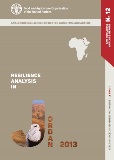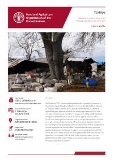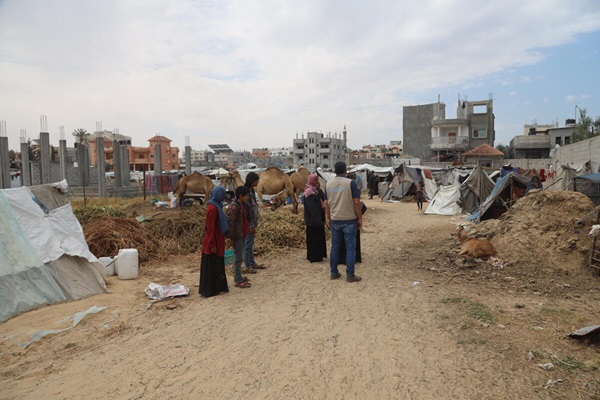Asia and the Pacific

Asia and the Pacific are highly exposed to climate-induced disasters and weather extremes, as well as transboundary plant pests and animal diseases. Compounding the situation are conflicts, economic crises, and the impacts of the COVID-19 pandemic and of the war in Ukraine. These factors are aggravating agricultural production and food insecurity in countries across the region. In particular, Afghanistan and Pakistan are among the top ten countries with the highest number of people in Crisis or worse levels of food insecurity in the world.
News

News
Carpe data, carpe DIEM
03/05/2024
How FAO's state-of-the-art data platform is speeding up emergency relief operations in Afghanistan and beyond
m.tmb-th600x400.jpg?Culture=en&sfvrsn=2cc92248_1)
News
Afghanistan: the food security situation is improving, but the crisis is far from over
18/03/2024
Interview with Alexander Jones, Director of the FAO’s Resource Mobilization Division, on his recent field visit to Afghanistan to see how FAO is...
Publications

Publications
Resilience Analysis of Jordan 2013
06/2018
Jordan, in Western Asia, has a population of approximately 9.5 million people, of which a significant share (more than two million people) are registered...

Publications
Türkiye: Rebuilding rural communities through cooperative movement - Project profile
01/2024
On 6 February 2023, two devastating earthquakes followed by tremors and aftershocks ripped through the southeastern region of Türkiye.

Publications
Türkiye: Response overview, December 2023
01/2024
On 6 February 2023, two powerful earthquakes struck the southeastern region of Türkiye.
Multimedia
Video
Afghanistan Rural Insight
18/02/2024
Discover Afghanistan's rural views in this engaging video, which showcases farmers' different perspectives.
Video
Anticipatory Action in Timor-Leste: Bracing for Drought
12/12/2023
As Timor-Leste shows signs of drought linked to El Niño, fears of food shortages are growing.


